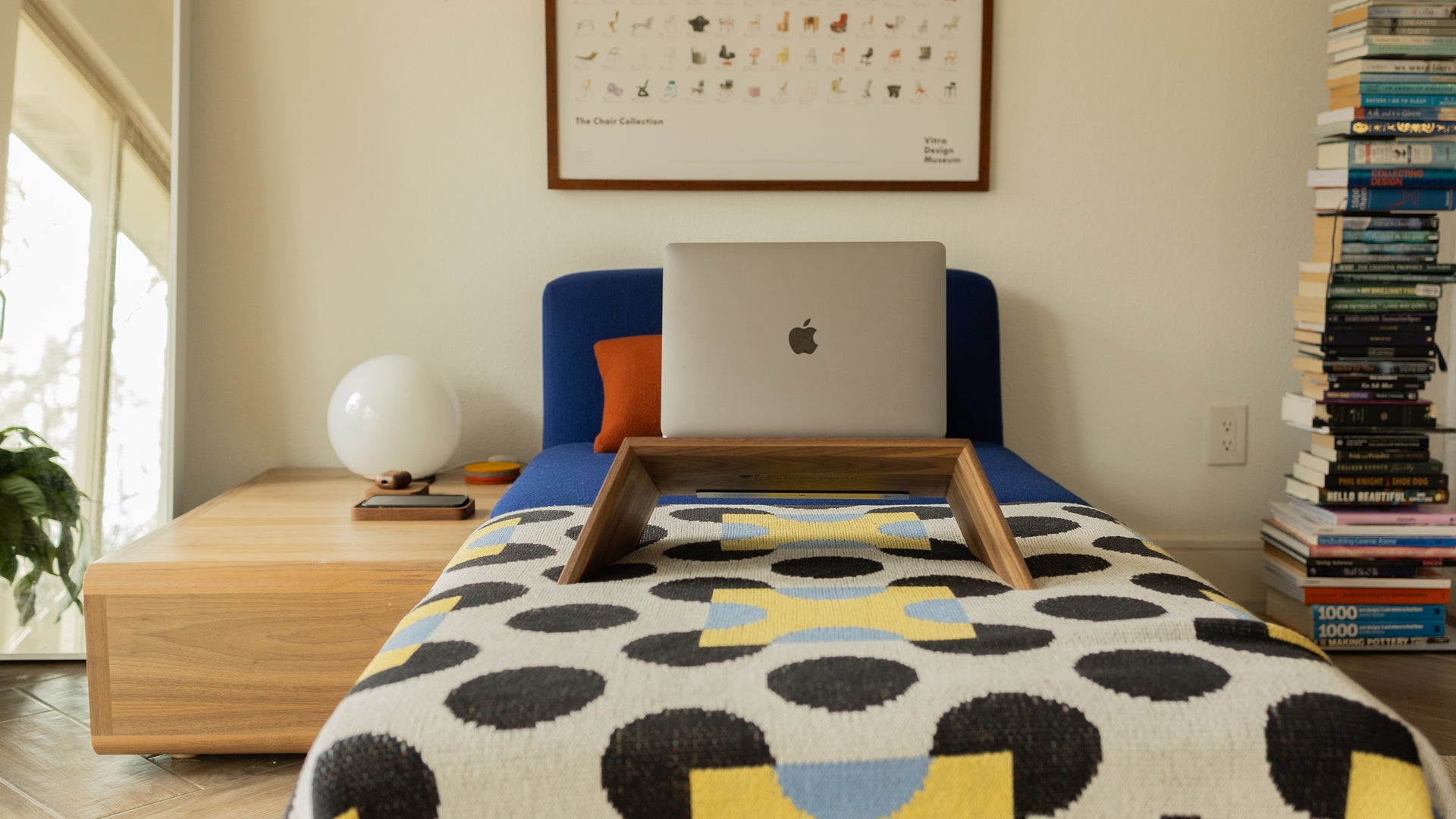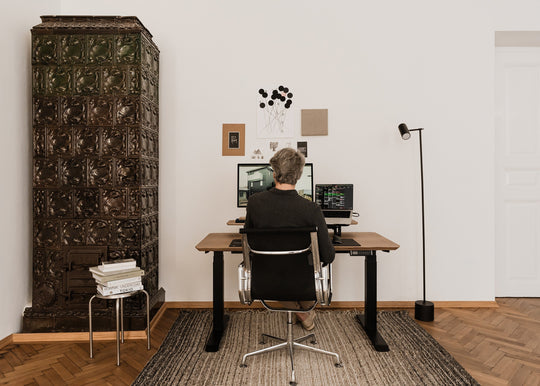
Micro – meso – macro, the 3M break system
Productivity without maintaining a work-life balance is a surefire way of getting professional burnout. Work without breaks, overload of assignments, and chronic stress cause your motivation to plummet, making even your dream job just an unpleasant necessity. To prevent that from happening, it’s important to incorporate breaks on even the busiest of days. The 3M method is a great way to do that.
Charging your batteries
Having a deadline hanging over your head while dealing with a heap of tasks makes a break seem like some unattainable luxury. Wrong! A break from work is not something to be deserved – it is a necessity; a part of everyday life that’s essential to your well-being. During your breaks, you replenish your energy reserves which increases your productivity. Even a 5-minute respite helps recharge and destress which decreases the likelihood of burning out.
The 3M system, created by Dr. Sahar Yousef, a cognitive neurobiologist, centers around planning your day, week, and month and factoring in three types of breaks: micro, meso, and macro.

Micro – short breaks every day
Micro breaks are a habit worth creating in the name of work-life balance. They are usually a few minutes long rest periods taken after finishing an assignment or its part. You can plan them in 30- or 60-minute intervals (e.g., 60 minutes of work – 5-15 minutes of rest), but you don’t need to stick to them rigorously. Most importantly, adapt your break pattern to your own work rhythm.
Working from home means you’re likely not surrounded by colleagues to grab a coffee or lunch with which makes it harder to remember about these little breaks. On the other hand, working remotely allows you to take a few minutes off to have a cup of coffee, a bite to eat, or even go outside for some fresh air. You can use your micro-breaks to do a whole range of things:
- stretch and move your body – your spine will thank you,
- meditate,
- go on a walk,
- have a shower – refresh your body and mind for a boost of creativity,
- read a book chapter,
- listen to some music, concentrate only on this one activity,
- practice conscious breathing.
Overall, free from the physical constraints of an office, you can do whatever you want during your break. Remember, though, that scrolling social media is not an effective form of rest for your brain.

Photo by Keenan Beasley on Unsplash
Meso – weekly ‘you’ time
Apart from everyday micro-breaks, the 3M method encourages planning longer rest periods at least once a week – meso breaks lasting around 1-2 hours. Meso is the time to pursue your passions, unrelated to your job and anything you do for other people. This is the time for you to go to the gym, try a new recipe, take a piano lesson, enroll in an embroidery course, or train in martial arts – anything to help you take your mind off work and concentrate on your physical and mental well-being. Our meso break, here at Oakywood, is #edufriday: every Friday we can spend 2 hours of our workday taking part in courses, listening to webinars, or reading about a variety of subjects such as personal development, productivity, and motivation, or soft skills.
Meso breaks are best planned for a month in advance, together with the activities you’re thinking of doing.

Macro – monthly reset
The third category is macro breaks which require a whole day (or at least half a day) a month to be assigned to resting. You don’t have to limit yourself either: if you can, plan a weekend-long macro break. During this time try to entirely break away from your work – also mentally, which we know can be the trickiest part.
Similarly to shorter breaks, there are a plethora of relaxing activities you can do on a macro break:
- travel to a new city,
- go camping,
- meet up with family or friends,
- practice shinrin yoku – forest baths,
- take part in workshops related to your hobby.
Each of the break types described here is open to your own interpretation and should be tailored to your individual needs: the system has to work for you, not the other way around. The 3M model is, however, a helpful guide for organizing your time and planning your days so that productivity and balance coexist.








